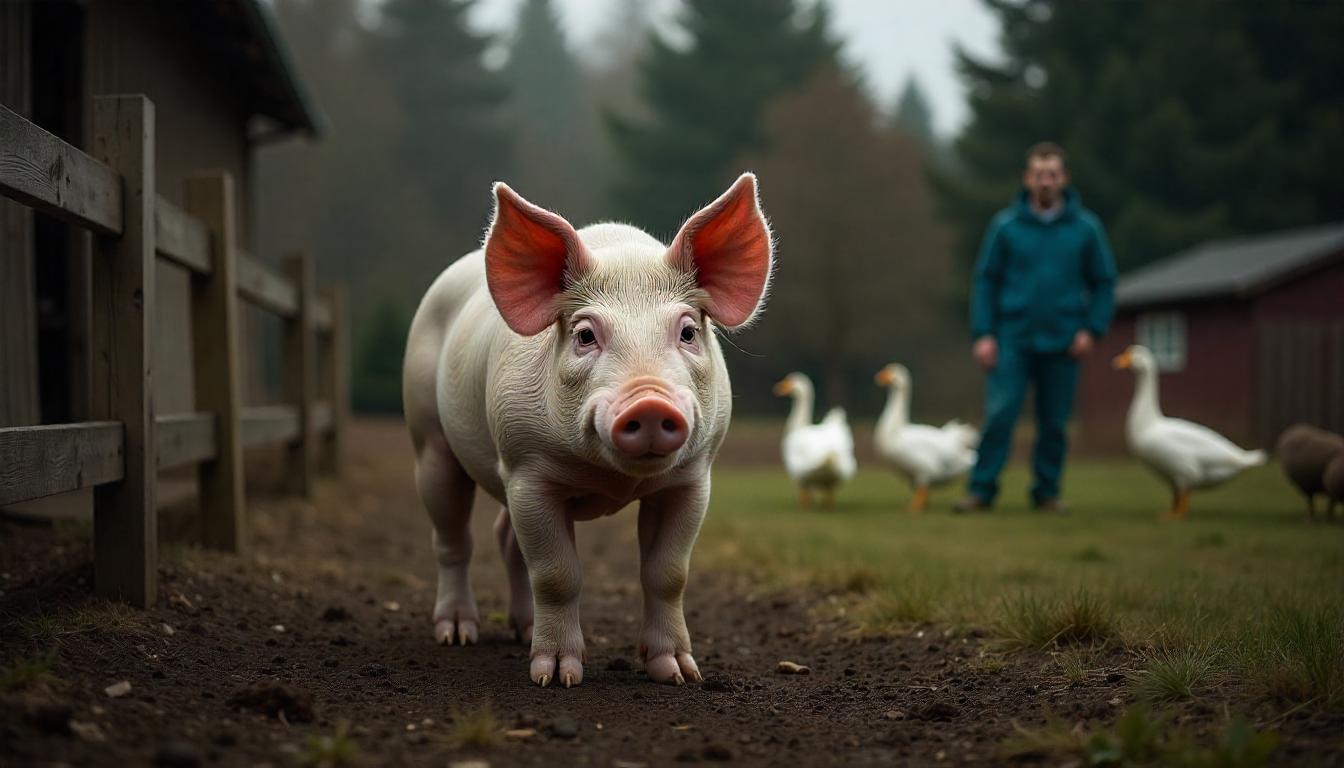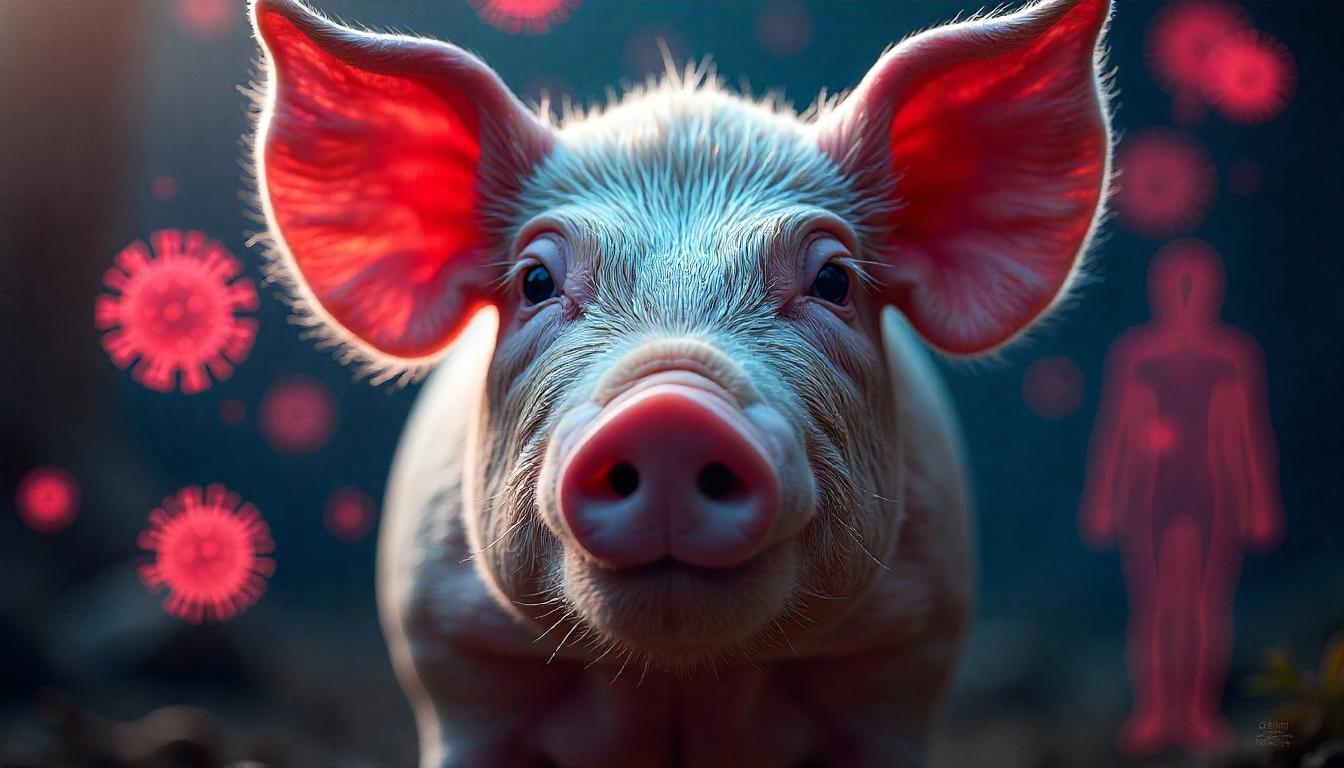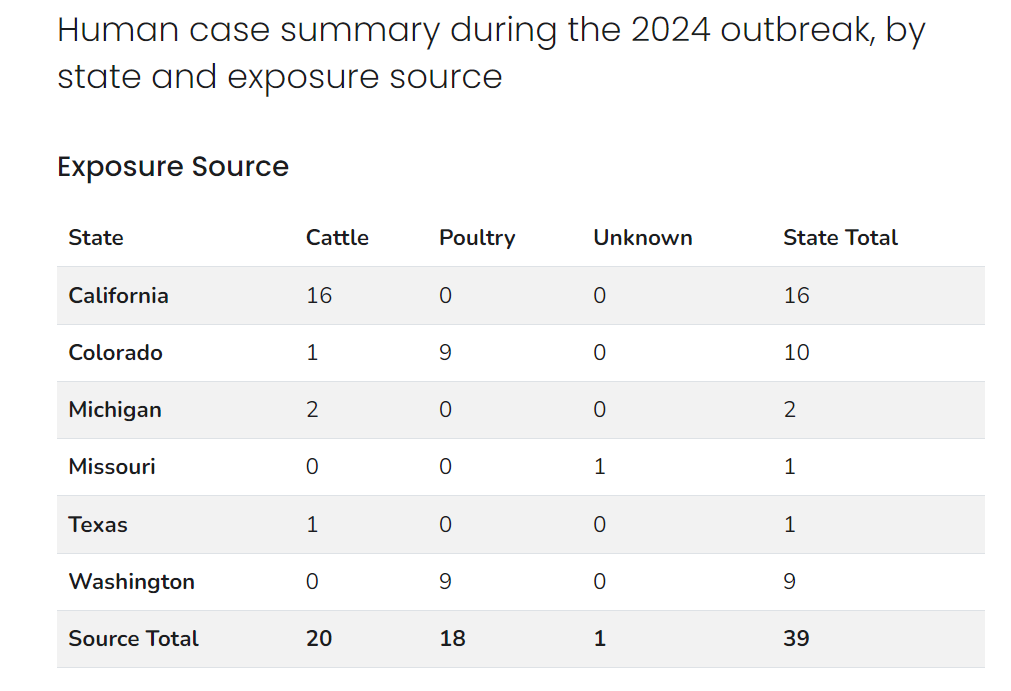
Oregon finds unsettling case of pig with bird flu
A pig in Crook County, Ore., has tested positive for H5N1 bird flu, the first case of the virus in a pig in the United States, the U.S. Department of Agriculture announced Tuesday. Pigs are known to act as "mixing vessels" for flu viruses, making them potentially the first step in creating strains that might infect people.
The death of the ducks and geese alerted both the Oregon Department of Agriculture and the USDA authorities to alert health. On closer observation, it found that one of the five infected pigs had the virus in it, which circulates among the wild birds. That creates a scaring potential for the viruses to get strength to make them spread easily and efficiently between the human beings also.
The Pigs - The Avenue to Flu End
Pigs are excellent candidates for viral gene exchange because they are known to be the host of many animal and human flu viruses. As flu expert Richard Webby from St. Jude Children's Research Hospital suggests, "Pigs have become a bridge between these animals and humans." In pigs, the biology uniquely permits the mixing of genetic material between different flu strains.
Although there is such a risk, Oregon State Health Officer Dean Sidelinger said the public need not worry as no human infection is found to have surfaced from this case. There is, however still follow-up surveillance.

Quietly but Deadly
The experts may only be alarmed that it was just one pig in a total of five infected that showed no signs, yet one still tested positive. Stony Brook University's immunologist Michael Kinch said people should not "underestimate the pandemic potential of" this virus as it had been lurking quietly for more than ten years. Thus, so far in the year 2024, some 35 cases have arisen around the world of an infection directly transmitted from another animal-an infection with one of several forms of a subtype known as H5N1-and the primary victims involved had contact with such an animal.
Image Souurce - CDC
No Human Threat Seen So Far
The USDA officials and the Oregon Health Department are conducting genetic tests on the virus to check if there has been a significant change that would make the virus more contagious in humans. So far, no threatening mutations have emerged, and the risk to public health is still low.
According to Benjamin Anderson, professor of environmental and global health, there should be regular testing, especially in farms where the pigs are healthy. Therefore, without proper monitoring, asymptomatic carriers such as the Oregon pig would not be detected.
Precautions Taken
The five pigs on the Oregon farm were euthanized, and the property was quarantined to stop further spread. Health officials have also confirmed that there is no cause for concern regarding the safety of the pork supply. According to the National Pork Producers Council, properly cooked pork remains safe for consumption.
What is H5N1 and How Can Humans Stay Safe?
H5N1 is a very virulent humanbird flu, which has mainly transmitted among birds, though occasionally infects mammals. Direct contact with infected animals or polluted settings has resulted in human illnesses, however these are rare. Precautions include avoiding contact with sick or dead animals, proper hygiene when handling poultry, and cooking meat thoroughly.
The CDC, U.S. Centers for Disease Control and Prevention, has continued to follow the situation and assured the public that there is no increased risk of a human outbreak at present.
With inputs from agencies
Image Source: Multiple agencies
© Copyright 2024. All Rights Reserved Powered by Vygr Media.
























